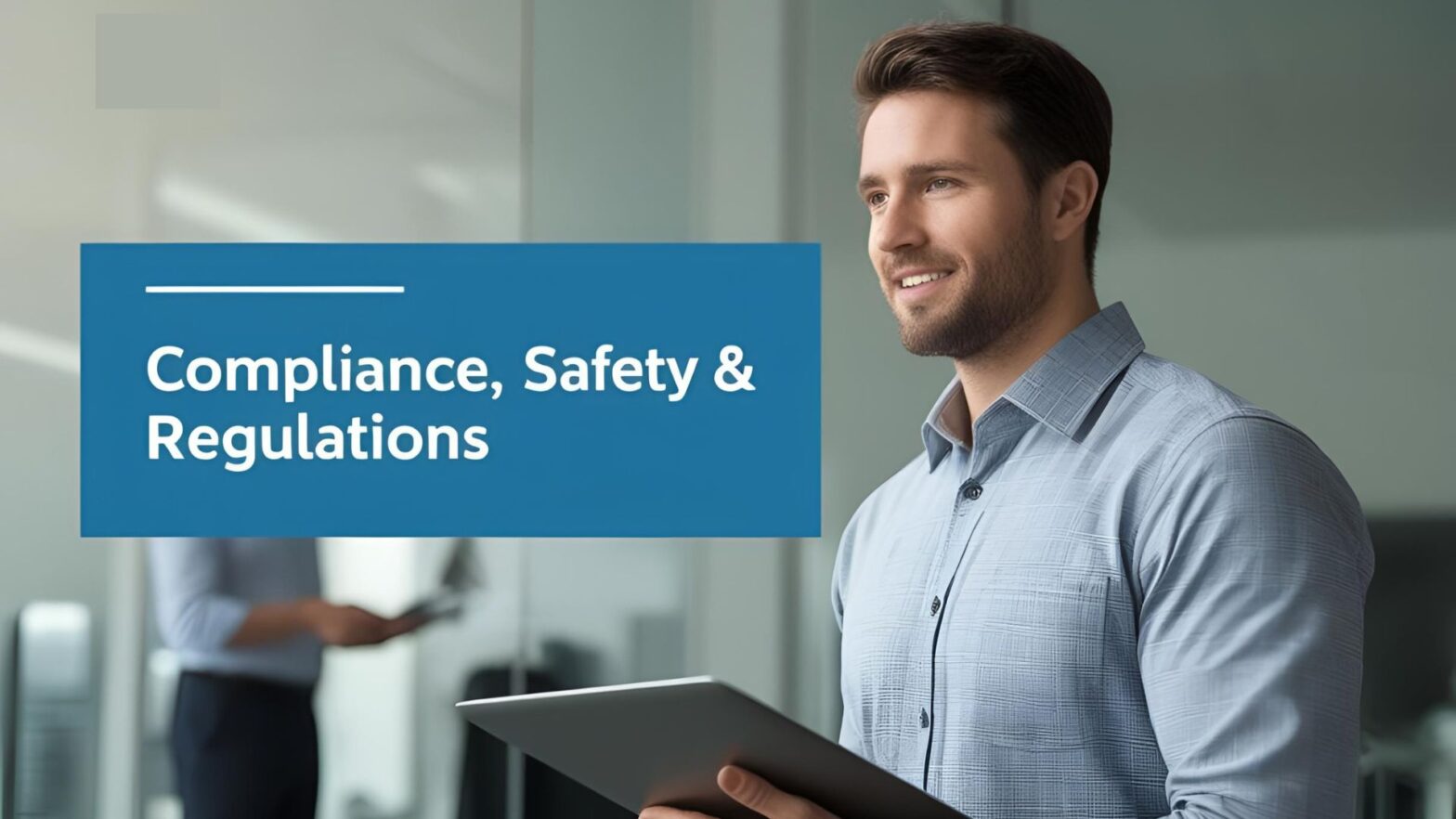In a busy warehouse environment, especially one handling heavy or hazardous building materials, safety signage and training programs are more than just regulatory requirements—they’re essential tools to prevent accidents, injuries, and costly downtime.
Training your warehouse team to recognize, understand, and follow safety signage is a foundational part of any safety culture. Here’s how to implement an effective training program that ensures your staff doesn’t just see the signs—but responds to them correctly.
- Start with a Clear Safety Signage Strategy
Before training begins, make sure your warehouse is equipped with the right signage in the right locations. All safety signs should:
Comply with OSHA and ANSI standards
Use consistent colors and symbols (e.g., red for danger, yellow for caution, blue for instructions)
Be placed at eye level and in areas of high visibility
Be resistant to fading, peeling, and damage
Having a well-planned signage layout ensures the training program has a strong foundation.
- Include Safety Signage in Onboarding Programs
Introduce new hires to safety signage during their very first training session. This initial exposure should include:
A walkthrough of the facility highlighting key signage areas
A review of common signs, their meanings, and required actions
Discussion of consequences—both safety-related and disciplinary—for ignoring signage
Pair signage training with visual aids, printed guides, or QR code-enabled training materials to reinforce the message.
- Use Real-World Examples During Training
Make the training relatable and relevant by showing how signs connect to actual hazards. For example:
Explain how “Caution: Slippery Floor” applies after a material spill in the receiving area
Review lockout/tagout signage by walking through machine shutdown procedures
Discuss the meaning of HAZMAT or PPE signs at specific material storage zones
Contextual learning helps employees retain the information and apply it during real-world scenarios.
- Incorporate Signage into Hands-On Safety Drills
Conduct regular drills that reinforce proper response to signage. This might include:
Fire evacuation drills using emergency exit signs
Forklift safety drills with pedestrian crossing alerts and warning zones
Spill response drills based on hazard communication signage
Interactive, scenario-based training helps build muscle memory and boosts confidence.
- Create Multilingual and Accessible Training Materials
If your workforce includes employees with varying language proficiencies or learning styles, adapt your training accordingly:
Provide signage explanations in multiple languages
Use pictograms, color coding, and videos for visual learners
Offer verbal instructions or one-on-one coaching when needed
Making training accessible ensures no employee is left behind when it comes to safety awareness.
- Refresh Training Regularly
Don’t let safety signage training be a one-time event. Provide regular refresher courses to:
Reinforce knowledge and address any misunderstandings
Update staff on new signage related to layout changes or new equipment
Promote a consistent safety mindset as operations evolve
Consider monthly safety briefings or quarterly training sessions to keep signage awareness sharp.
- Involve Supervisors and Lead Workers
Supervisors should lead by example and reinforce signage compliance throughout daily operations. Equip them to:
Spot and correct improper responses to signage
Answer questions and provide quick refreshers
Support formal training programs by modeling safe behavior
A safety-focused leadership team is one of the most effective tools for reinforcing training.
- Track Participation and Compliance
Keep records of who has completed signage training, passed assessments, or participated in drills. Use this data to:
Identify training gaps
Provide targeted coaching
Stay compliant with OSHA and insurance documentation requirements
Digital tracking tools or LMS (Learning Management Systems) can simplify this process.
Final Thoughts
Workplace safety signage only works if your team understands and follows it. That’s why a strong training program is essential for any warehouse—especially in the building materials industry, where the risks are high and fast-paced environments are the norm.
By investing in effective, ongoing signage training, you’re not just meeting safety standards—you’re protecting your team, improving productivity, and reducing liability across the board.




